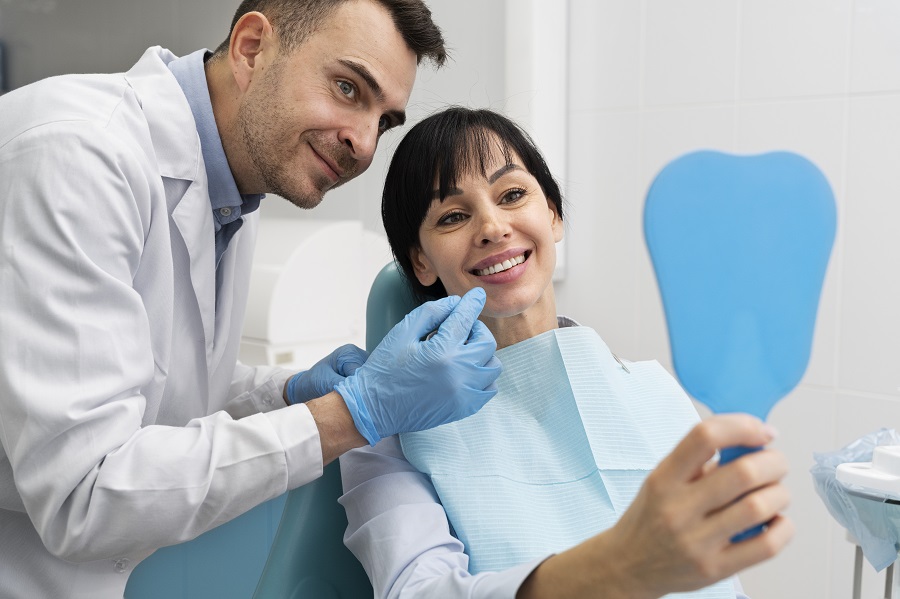WHAT HAPPENS DURING A DENTAL EXAM?
 Medical checkups are often skipped either because people are too lazy to go for them or they do not have the time. Even in the case of dental examinations (or checkups), these reasons hold, but there is another major cause - people are scared. Although it is no longer valid, many still believe dental exams are long and painful procedures. In terms of today's dental exam, the reality is very different. Modern dental practices and technology have reduced the pain and discomfort of the old days.
Medical checkups are often skipped either because people are too lazy to go for them or they do not have the time. Even in the case of dental examinations (or checkups), these reasons hold, but there is another major cause - people are scared. Although it is no longer valid, many still believe dental exams are long and painful procedures. In terms of today's dental exam, the reality is very different. Modern dental practices and technology have reduced the pain and discomfort of the old days.
WHAT IS THE PURPOSE OF A DENTAL EXAM?
Like the other body parts, the mouth is exposed to infection, illness, and injury. Often an infection will spread slowly and is overlooked until it has become a severe (and often very painful) problem. Injuries can also start small and grow until they become severe. Detecting teeth or gum-related pain early means they are easier to treat, making recovery faster. During an exam, a dentist can spot improper oral hygiene practices and show the patient the correct way to care for the mouth. And if a medical condition does crop up, the sooner an examination is done and the problem diagnosed, the sooner the treatment can begin.
Adults and children should have a dental exam every 6 months, and if a problem is detected, it should be done at shorter intervals, as advised by the dentist.
Also Read: Why you must say 'yes' to Fluoride
THE DENTAL EXAMINATION PROCEDURE
There are 3 main parts of a routine dental exam.
- Cleaning: The patient sits in the dental chair. The dentist or a hygienist will use special dental tools to remove plaque and tartar from the teeth. Floss may then be used to clean the spaces between the teeth. The teeth may also be brushed using special pastes or medications, and this is usually done with a special electric toothbrush. Once the decay removal is complete, and the teeth are clean, a fluoride foam or gel is applied to them. Fluoride is a mineral that fights tooth decay. Fluoride treatment is typically given more frequently to children than to adults. The patient is also advised on any special care to be given to the teeth and gums.
- X-Ray: This is not always required. If the dentist thinks that teeth or gum problems need detailed examination, an x-ray will be done.
- The Checkup: This is when the dentist will examine your teeth and gums to look for decay, cavities, and any indications of potential problems. Checks will be done for oral cancer and other diseases. If x-rays were taken, these would be viewed to look for any issues not visible to the naked eye. If anything that requires treatment or special dental procedures is found, the dentist will advise the patient on what needs to be done for tooth and gum disease treatment. The bite (the way the top and bottom teeth align) will be checked, and if a problem is noticed, the patient is usually referred to an orthodontist.
There is no reason to be afraid of a dental examination. If it is done regularly, any potential problem can be treated early when the limitation imposed by it is less, and the side effects of the treatment are negligible. If it has been 6 months or more since your last dental examination or if you are experiencing any oral health problems, contact a dental office without delay.
- Jul 29, 2022
